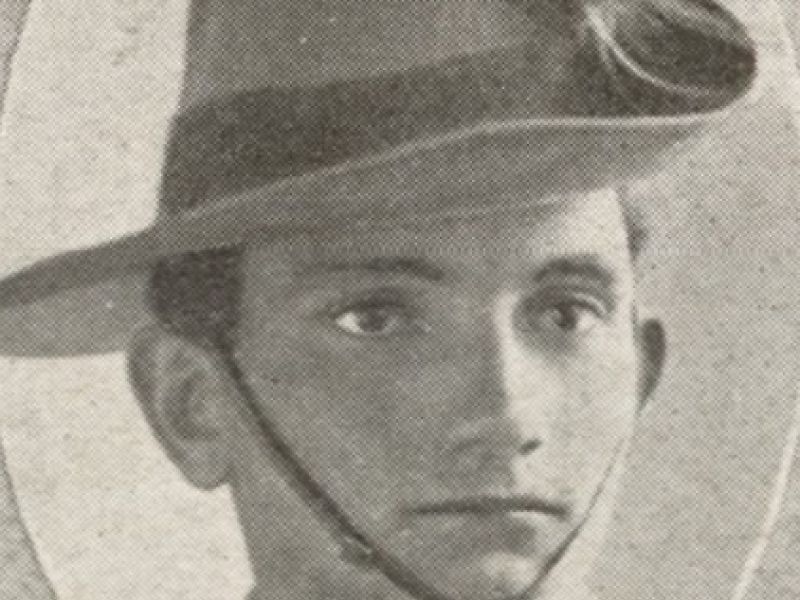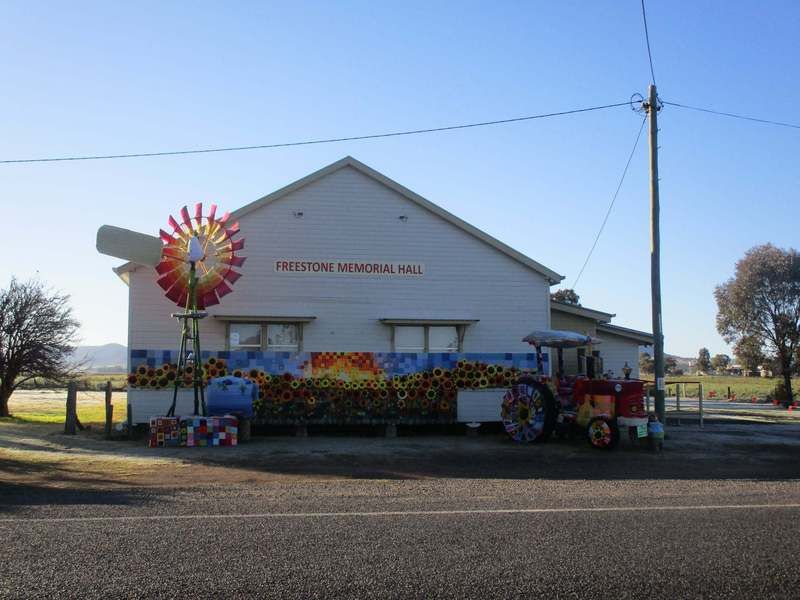Trooper Walter Edward Smale, 2nd Australian Light Horse Regiment, AIF
Walter Smale was born in 1896 in Freestone, Queensland. His mother, Emily, was a Yuggera woman, and his father, Alfred, was an English immigrant. The young Smale attended Freestone State School, and was known in the region as a promising footballer. By the time Australia entered the First World War, he was working on the family farm.
Smale enlisted in the Australian Imperial Force at nearby Warwick in December 1914. Many Indigenous Australians who tried to enlist during the First World War, particularly during these early years, were rejected on the grounds of race; others – such as Walter Smale, whose enlistment form describes him as having a “dark complexion” – slipped through the net.
Smale’s older brother, James, was living in New Zealand with his wife and young daughter at the time. As the war continued, James was conscripted in 1917, and served with New Zealand’s 33rd Regiment’s Specialist Company.
After a period of training, Walter Smale embarked from Brisbane on the troopship Itria with reinforcements to the 2nd Light Horse Regiment in February 1915. On arriving in Egypt he went into training with his regiment.
Soon after the Gallipoli landing, it was quickly realised that the British and dominion troops would face a shortage of manpower. A decision was made to send some light horse regiments to Gallipoli without their horses to reinforce the infantry. The 2nd Light Horse Regiment arrived on the peninsula on 12 May 1915.
The regiment played a largely defensive role for some months but in August it was called on to attack Turkish trenches opposite Quinn’s Post.
A small operation in comparison to the major attacks of the August Offensive, this attack broke up when a Turkish machine-gun began taking a number of casualties. The attack was not renewed, and the 2nd Light Horse Regiment took more than 50 casualties, including 14 killed.
Among the dead was Walter Smale.
Smale’s mate, Private Stanley, later wrote from a military hospital on Malta to explain to his friend’s mother what had happened:
“Your son was killed at Quinn’s Post, at Gaba Tepe, and he was in the very forefront of the line … he was a bomb thrower, whose job was to throw bombs into the enemy’s trenches, to give the men with the bayonets a chance to get a footing. He was picked for this because of his good throwing powers. He could hurl a bomb 50 yards and hit the trench nearly every time. He had to do this on the day of the charge. With others he had to climb out of our trenches and run to the enemy’s, carrying 10 or 12 bombs, in the face of a very heavy fire. He died on the parapet of the enemy’s trench, a brave man to the last.”
Smale was buried nearby at Quinn's Post Cemetery.
He was 19 years old.
Duncan Beard, Editor, Military History Section
- Australian War Memorial https://www.awm.gov.au/collection/AWM2017.1.220

 Australian War Memorial
Australian War Memorial